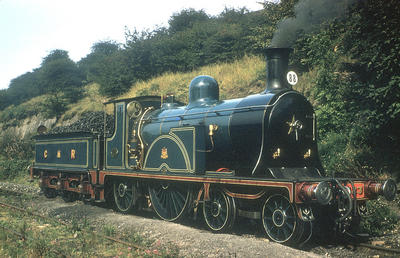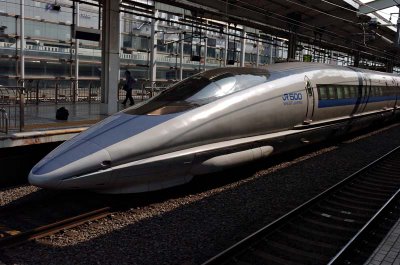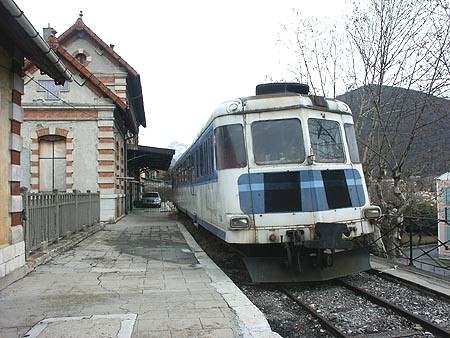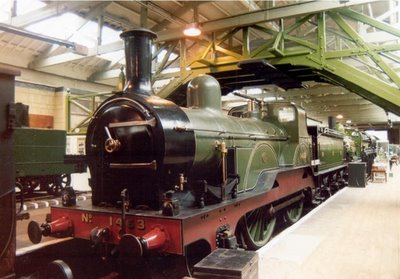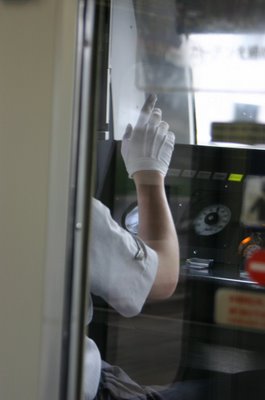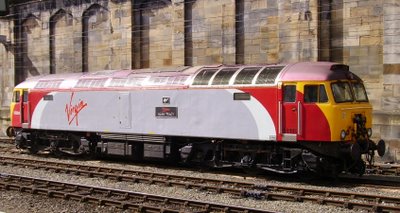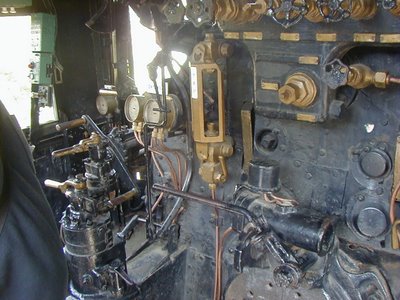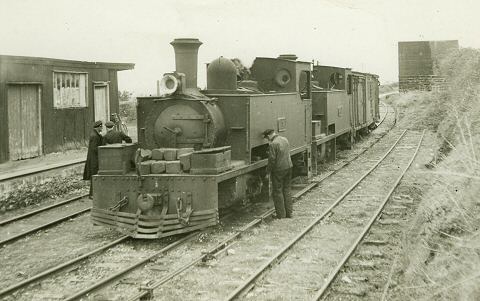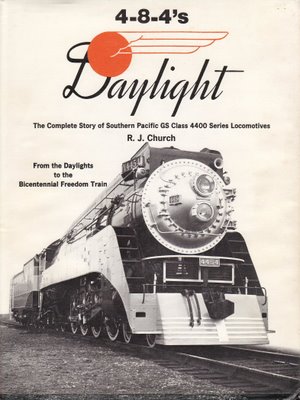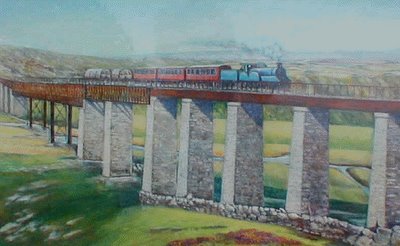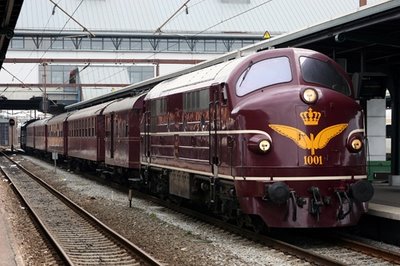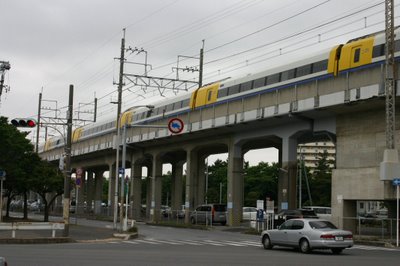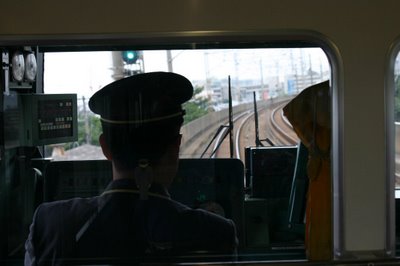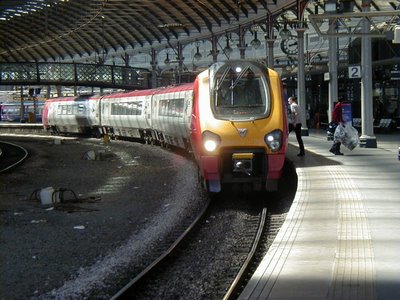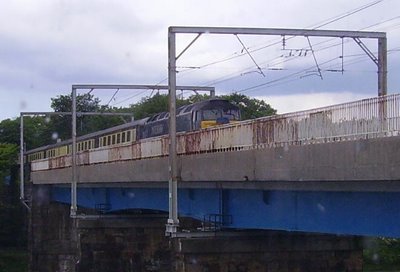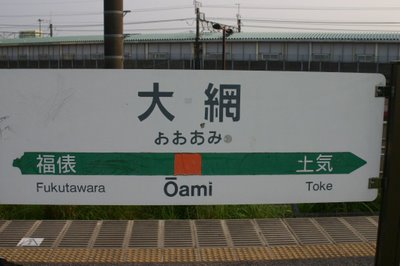Tokyo eki
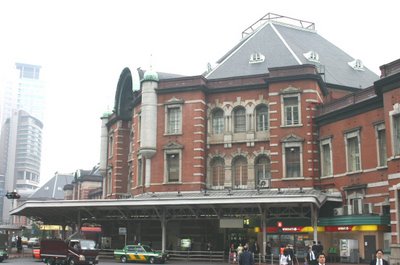
If it hadn’t been for the Great Kanto Earthquake of 1923 Tokyo would never have had a central station. But the disaster caused so much damage to the city that it gave the government an opportunity to make a ‘corridor’ between the Shimbashi terminus on the Tokaido line to the south west and Ueno terminus on the lines to the north of Japan. Half way along this new five mile railway Tokyo’s new main station was built.
Now ten tracks head south from here and twelve to the north and east! There’s also two deeper sets of JR tracks running east in addition to a maze of metro lines headed in various diections under the building.
This is the Maronouchi side of the station – the posh side where the station master’s office is located. It’s also only about 200 yards from the Imperial Palace. When the Emperor takes the Royal Train this is where he comes to board it. The station master greets him on arrival and then leads him along a special private carpeted passage under the station to the Tokaido line tracks at platforms 9 and 10.
Actually this building is special for me too. Around the other side overlooking the Yamanote line platforms is where we had our wedding breakfast! Ideal location for a life-long ‘gricer’ eh? A train arriving every half a minute outside the window …
